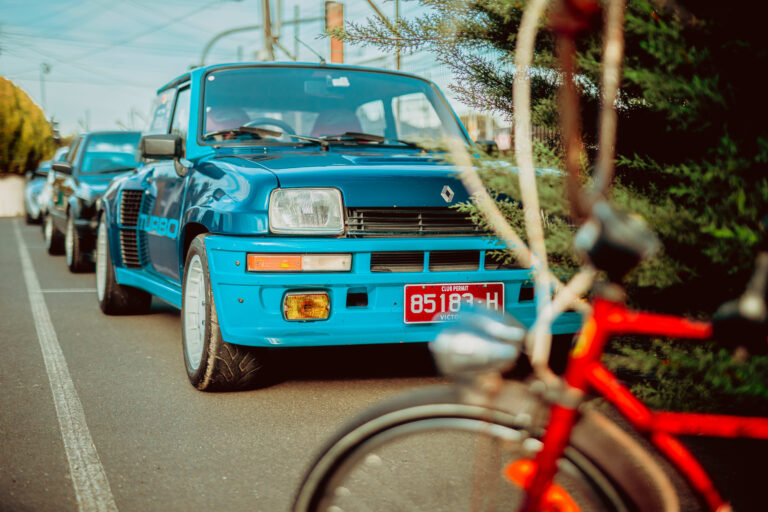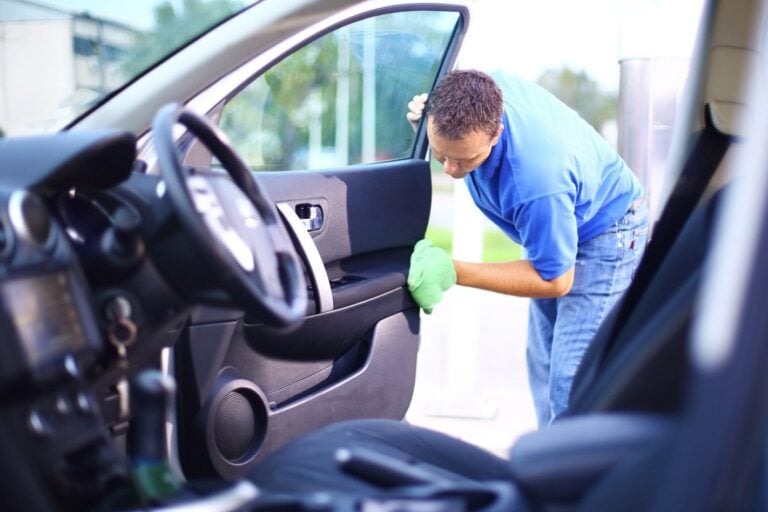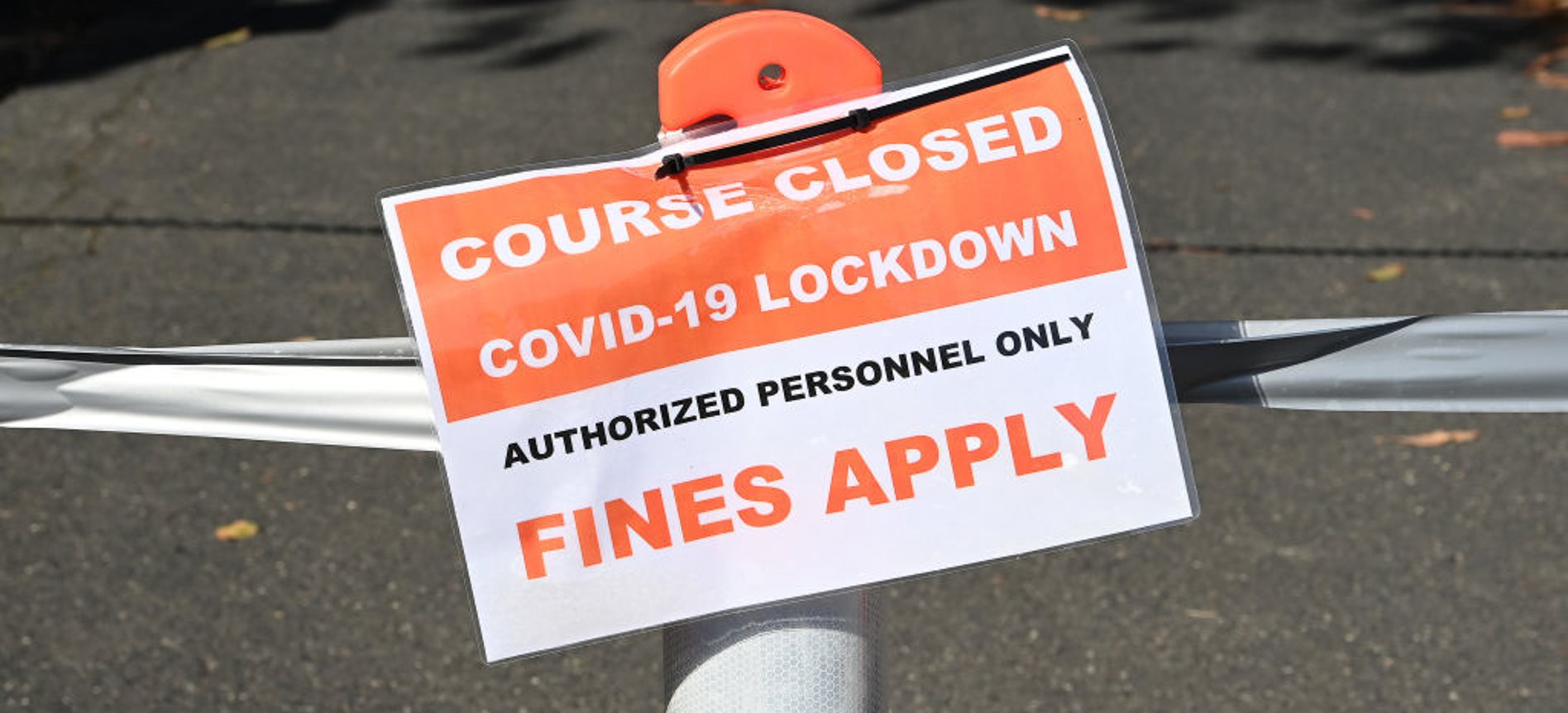
UPDATE, August 21: The worsening COVID-19 outbreak across NSW has seen strict border restrictions in place with all other states and territories. Meanwhile, Victoria and the Australian Capital Territory seem no closer to easing their Covid-19 restrictions either.
Jump to:
- Victoria
- New South Wales
- Australian Capital Territory
- Queensland
- Northern Territory
- Western Australia
- South Australia
Can I drive my car during COVID-19?
Generally, driving your car is permitted when COVID-19 restrictions are in place but within the rules set by the jurisdiction – such as distance limits or local government area boundaries, or only with members of your household.
See below for state-by-state restrictions on when and where you can drive your car.
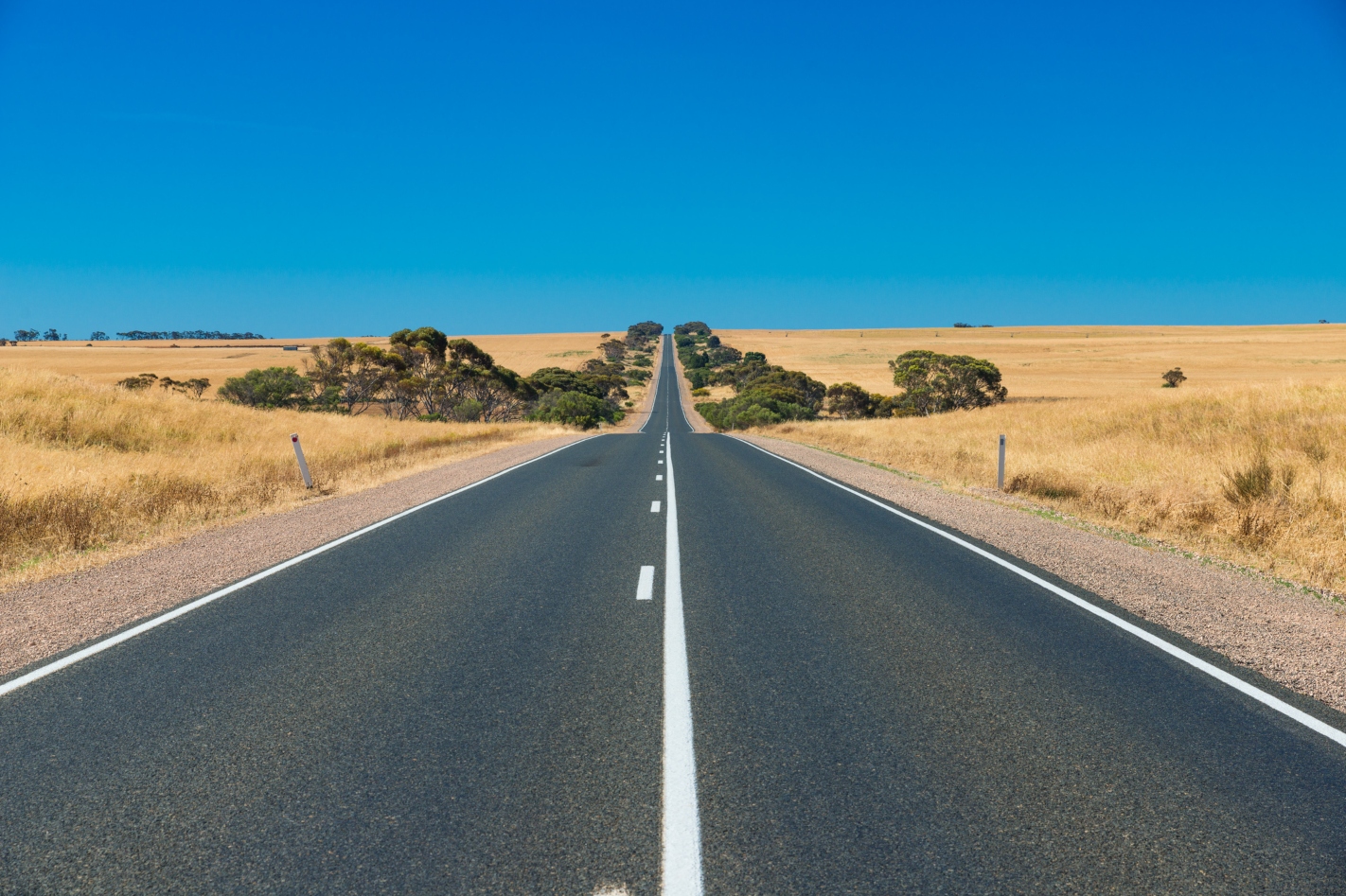
Victoria travel restrictions (updated)
Melbourne’s sixth lockdown has prompted a stay-at-home curfew in place between 9pm and 5am, meaning you cannot leave your home (or the home of your intimate partner or bubble buddy) other than for limited reasons.
These include:
- Authorised work
- Health and medical purposes
- Care and support of a child or someone with special needs
- In an emergency or to escape harm.
- Shopping for necessary goods and services
- Caregiving or compassionate reasons, including medical care or to get a COVID-19 test
- Authorised work (with a permit) or permitted education
- Exercise (once a day for 2 hours)
- To get a COVID-19 vaccination.
You must stay within 5km of your home for shopping and exercise. This limit does not apply to permitted work or education, when giving or receiving care, getting a COVID-19 vaccination or visiting an intimate partner or your single social bubble buddy.
Regional travel restrictions
Residents of Regional Victorians are now subject to the same restrictions as Metropolitan Melbourne but are do not have a curfew.
Border restrictions
NSW and the Australian Capital Territory are is considered in the ‘Extreme Risk’ zones with a $5452 facing anyone who arrives in Victoria without an exemption, including residents.
If you have been in an extreme risk zone any time in the last 14 days, you cannot enter Victoria without an exception, exemption or another valid permit – even if you are a Victorian resident.
Northern Territory: The City of Darwin, City of Palmerston, Litchfield Council, Wagait Shire, Belyuen Shire, Dundee, Bynoe, Charlotte, Cox Peninsula, Municipality of Katherine, including Tindal, have been classed as Red Zones since August 16.
Victorian residents who have been in a Red Zone can get a permit to enter Victoria – but they must isolate on arrival, get tested, and quarantine for 14 days.
If you are not a Victorian resident, you are not eligible for a red zone permit, and you cannot enter Victoria without an exception, exemption or another valid permit.
Queensland: South East Queensland LGA of City of Brisbane, Moreton Bay Regional Council, City of Gold Coast, City of Ipswich, Lockyer Valley Regional Council, Logan City, Noosa Shire Council, Redland City, Scenic Rim Regional Council, Somerset Regional Council and Sunshine Coast Regional Council are now considered Orange Zones.
Anyone travelling to Victoria who has been in these LGAs within the past 14 days still needs an Orange Zone permit and must isolate on arrival, get tested within 72 hours and stay isolated until receiving a negative result.
Travelling by car in Victoria
You are only allowed to drive if it is for a permitted reason as listed above. You must stay within 5km of your home when exercising, and when shopping for necessary goods and services. If you are unable to access necessary shopping within 5km from your home, you are allowed to travel further than 5km to your closest option to obtain necessary goods and services.
You must not have anyone outside your household in your car unless it is otherwise not practical for the other person to drive themselves, and the trip is for one of the permitted reasons. If you are driving someone for the purposes of authorised work, you do not need a permit to drive them, but the worker will need to carry a permit and photo ID.
Face masks must be worn unless an exception applies. Opening windows and having hand sanitiser available is recommended.
Taxis and ride-sharing are also allowed, but only for one of the permitted reasons for leaving home. You must wear a face mask.
Where possible, maintain physical distancing by sitting in the back seat. Wash or sanitise your hands before and after getting in the vehicle.
Is the NSW-Victoria border closed again?
Yes. This includes border towns which were subject to the border bubble but are now considered ‘extreme risk’ with the rest of NSW.
There are no border checkpoints, instead, Victoria Police have roving patrols along the border.
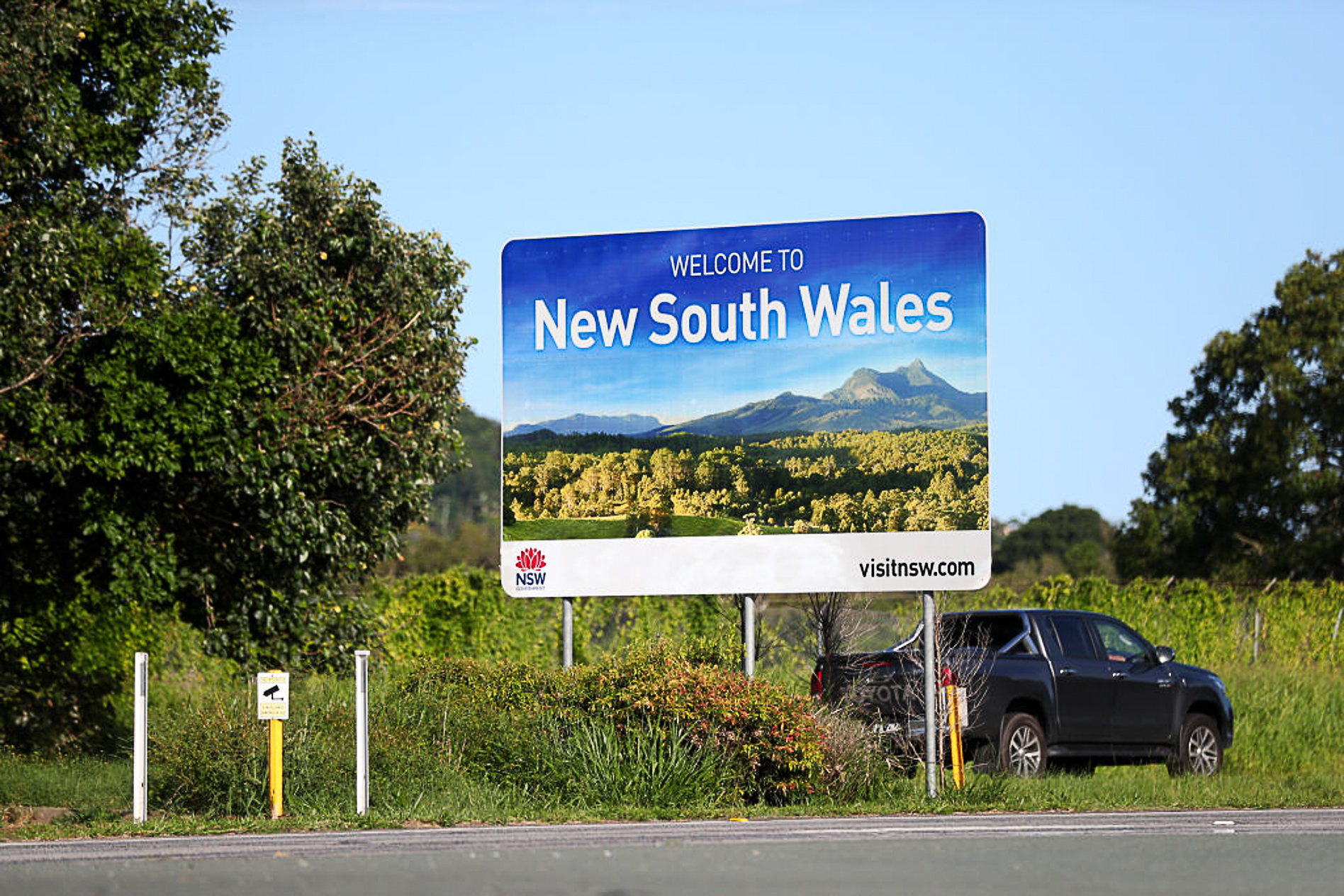
NSW travel restrictions (updated)
Centred in Sydney’s local government areas of concern, the NSW outbreak has spread to regional areas, prompting statewide restrictions and severely limiting travel to other states and territories.
Different rules apply to various regions across the state.
Local government areas (LGAs) of concern.
These include the council areas in; Greater Sydney of Bayside, Blacktown, Burwood, Campbelltown, Canterbury-Bankstown, Cumberland, Fairfield, Georges River, Liverpool, Parramatta, Strathfield, and some suburbs of Penrith.
You are only permitted to leave your home if you have a reasonable excuse, such as; shopping for your household or vulnerable people with 5km; working if you can’t work from home (within your LGA, or outside if authorised); education, if you can’t you learn at home; exercise with 5km of home; and medical care reasons including obtaining a COVID-19 vaccination.
Greater Sydney
The rest of Greater Sydney, which extends out to Katoomba and Wollongong, has similar rules in place, but you’re allowed to travel into a neighbouring LGA for shopping and exercise if it is within 5km of your home.
Regional and Rural NSW
Same rules as Greater Sydney.
More details about NSW COVID-19 restrictions in each of the above regions.
Travelling by car in NSW
You may only travel in a car with other people who you live with unless it is for:
- An emergency
- A compassionate reason
- To provide care or assistance to a vulnerable person
- The car is being used as a taxi or rideshare.
- Required to use a vehicle for your work (for example, if you are a police officer working in a team of two people).
- Travelling with your nominated visitor (‘singles bubble’) to exercise outdoors.
- Masks must be worn.

ACT travel restrictions (updated)
The NSW outbreak has spread to the ACT prompting the Territory Government to impose a snap lockdown from August 12 to help slow the spread of the virus and allow contact tracers to do their work.
In the ACT there are six essential reasons you can leave your home. These are:
- To buy essential groceries and medicine
- To access essential healthcare including in-home care
- For essential work
- To exercise outdoors for one hour per day in your region
- To get a COVID-19 test
- To get a COVID-19 vaccination.
Border restrictions
NSW: ACT Government declared all of NSW as a COVID-19 Affected Area, with some exemptions for people living in surrounding postcodes.
ACT residents leaving NSW will need to complete the online exemption form within 72 hours prior to arriving in the ACT and enter quarantine immediately for 14 days.
Non-ACT residents will require an approved exemption from ACT Health prior to arriving in the ACT and will also enter quarantine for 14 days.
For residents in the surrounding NSW region, if you live in an approved postcode you may enter the ACT for essential purposes only under a standing exemption.
Greater Melbourne: The ACT Government has a stay-at-home requirement which applies to all travellers who have spent any time in Greater Melbourne during the previous 14 days.
Non-ACT residents seeking to travel to the ACT who have been in Greater Melbourne must not enter the ACT without an approved exemption. Exemptions will only be granted for exceptional circumstances, and even if an exemption is approved, you will still be required to follow the stay-at-home requirements while you are in the ACT.
Queensland travel restrictions (updated)
Queensland seems to have beaten its latest outbreak which centred on the South East of the state and spread as far as Cairns. To maintain zero cases, it has declared certain regions around Australia to be COVID-19 hotspots.
If you have been in a declared COVID-19 hotspot in the last 14 days you will not be allowed to enter Queensland, except for a limited range of people who can enter for essential purposes.
These include:
Australian Capital Territory
Northern Territory – Greater Darwin and the Katherine region.
Victoria
New South Wales: The above conditions apply to the whole state. However, NSW residents who live anywhere in the border zone can only enter Queensland for essential purposes. These include:
- Shopping for household goods or personal needs that are unobtainable on the NSW side of the border
- To receive medical care or supplies, including a COVID-19 vaccination
- To perform essential work which cannot be done from home or provide emergency volunteering
- To attend school or childcare – only for children of essential workers or vulnerable children
- To provide assistance, care or support to a vulnerable person or family member or visit a terminally ill relative
- To fulfil an obligation relating to shared parenting, child contact or contact between siblings
- An emergency situation.
Northern Territory travel restrictions (updated)
A single COVID-19 case sparked a snap lockdown of the Greater Darwin and Katherine regions on August 12, 2021 and a lack of subsequent cases has seen most restrictions lifted. People are now allowed to travel outside these regions as long as they wear a mask and social distance at their destination.
Border restrictions
Like Queensland, the Northern Territory has classed most of south-eastern Australia as a COVID-19 Hotspot, including NSW, ACT and Greater Melbourne.
You will only be allowed to enter the NT if you are a returning Territorian or have received an approved exemption to enter from the NT CHO. This is a new requirement in addition to the existing Border Entry Form.
Travellers from Coronavirus hotspots are being advised to cancel their travel plans, and if they have already arrived, they’ll be subjected to 14 days quarantine at their own $2500 expense.
Regional NT travel is unrestricted.
More NT border and travel restrictions
Western Australia travel restrictions (updated)
Western Australia has classed NSW as a high-risk zone – so don’t even think about driving across the desert to get there.
Under high-risk permitted entry, which is available under very few circumstances, you must self-quarantine at a suitable premises for 14 days. If suitable accommodation is not available, you will be directed to a Government-approved quarantine facility at your own expense.
- Approved travellers must provide proof of a negative COVID-19 PCR test in the 72 hours prior to arriving.
- You must provide proof of receipt of at least one dose of COVID-19 vaccine, where eligible.
- Approved travellers must submit to COVID-19 tests on day two and day 12.
If permitted to enter the state from these areas, you must self-quarantine at suitable premises for 14 days – note that driving to WA you will have to self-quarantine at the border, which might be difficult. If a suitable premises is not available, you will be directed to a Government approved quarantine facility at your own expense.
Approved travellers are subject to a COVID-19 test within 48 hours of arrival and on day 12 of quarantine, or at any point when symptoms develop.
Travel within Western Australia is unrestricted, with people currently encouraged to ‘Wander out Yonder’ to regional communities to help the local economy.
However, remote Aboriginal communities remain off-limits to travellers within Western Australia.
South Australia travel restrictions (updated)
South Australia has tough restrictions for people arriving from high-risk areas. All travellers coming to South Australia are also required to complete a Cross-Border Travel Registration.
High-risk areas include:
NSW: Under Level 4 restrictions, anyone travelling from here is currently prohibited from entering South Australia, except for Essential Travellers and some permitted arrivals. This includes people who reside in the cross-border corridor.
If you manage to acquire an exemption from the ban, you may enter South Australia subject to Level 4 requirements:
- COVID-19 test on day 1, 5, and 13
- Must self-quarantine for 14 days
- A person must wear a face mask (covering mouth and nose) at any time that they come into contact with the public.
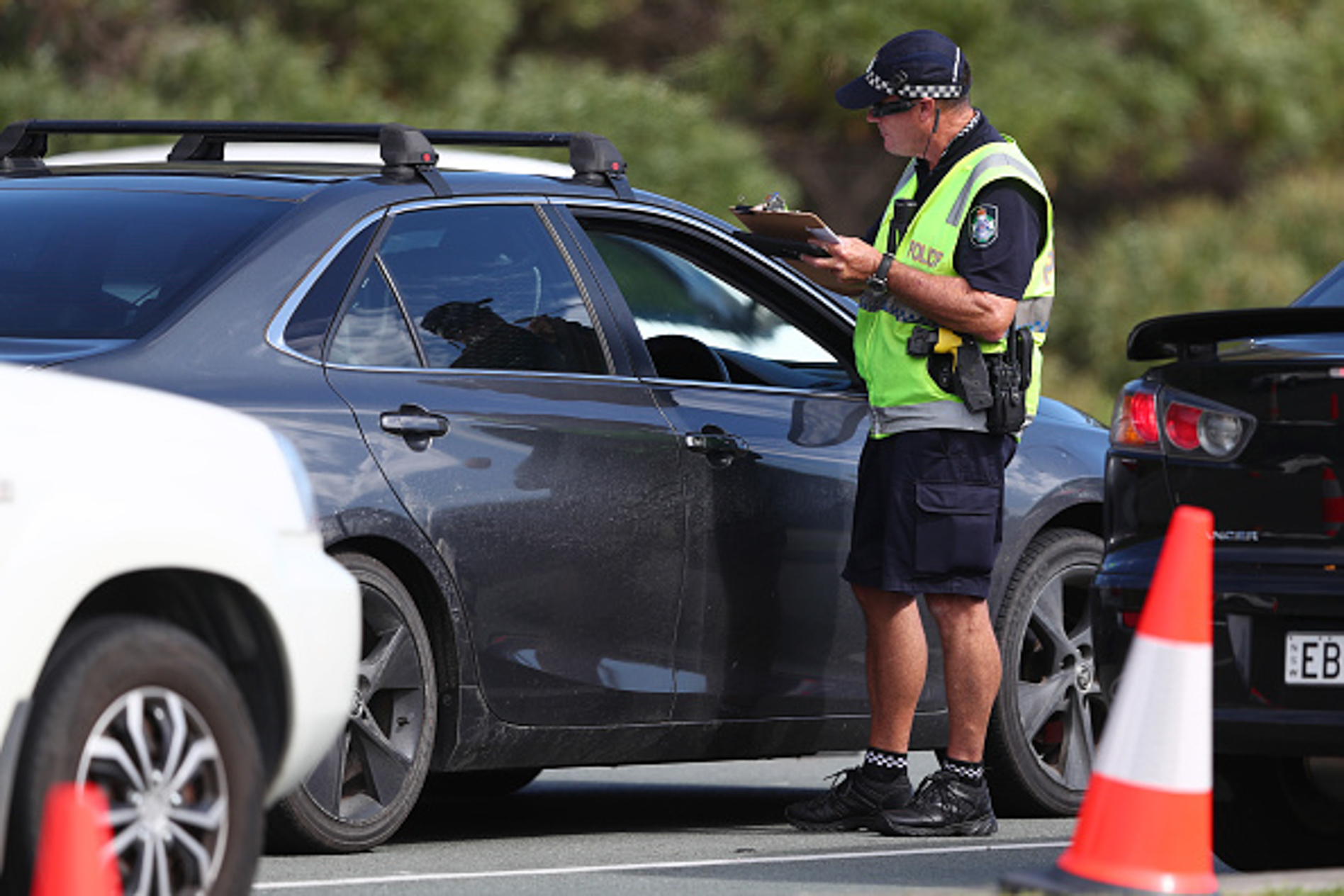
Victorian, ACT and Queensland travellers face the same restrictions and exemption criteria as NSW.
However, the cross border corridor with Victoria is still open and is defined as the area 70km on either side of the border between the two states. Permitted reasons to travel from this zone are:
- Employment or education
- Providing care and support to or receiving care from another person or obtaining food, petrol or other fuel or medical care or supplies
- Obtaining a COVID-19 vaccination.
Travellers from all other areas in the Northern Territory will be subject to Level 3 requirements:
- COVID-19 test on days 1, 5, and 13.
- Quarantine until a negative COVID-19 test result.
More information about exemptions and rules for essential travellers such as truck drivers.


